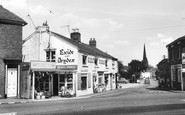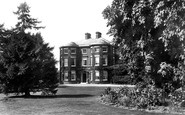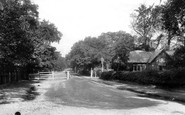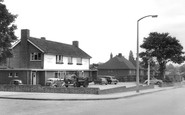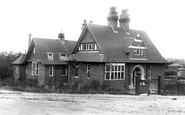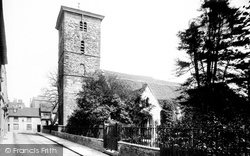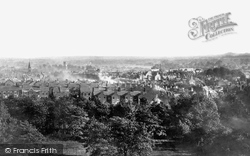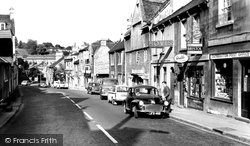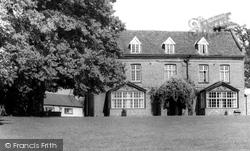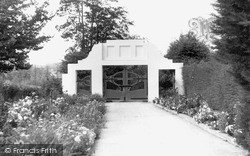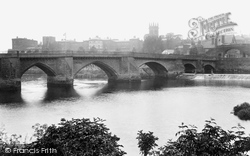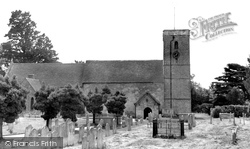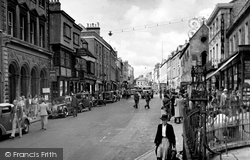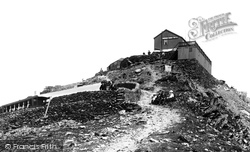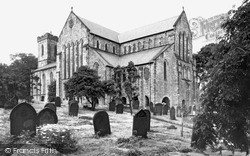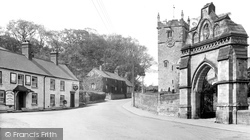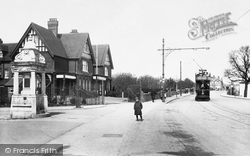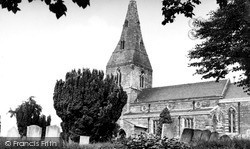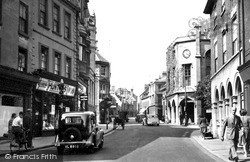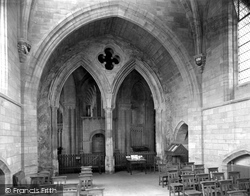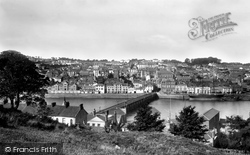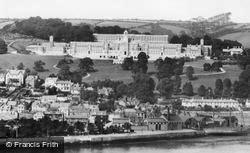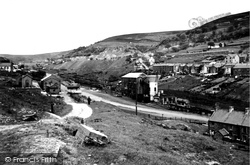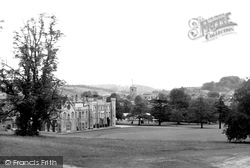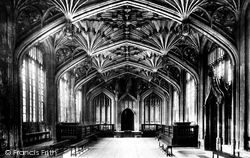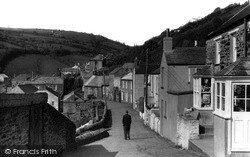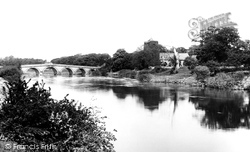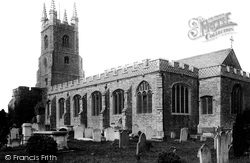Places
Sorry, no places were found that related to your search.
Photos
5 photos found. Showing results 201 to 5.
Maps
83 maps found.
Books
Sorry, no books were found that related to your search.
Memories
1,127 memories found. Showing results 101 to 110.
Berristead Close Green And Chestnut Trees
This is where I grew up. In the summer we played on the green with other children, and when the trees were a little bigger than this enjoyed climbing them. Happy Memories. The trees are a little bigger ...Read more
A memory of Wilburton by
Bert Price''s Shop
Bert Price's Shop was at the top of our street - Church Street. Bert Prices' shop sold anything and everything. From household buckets and dusters to DIY tools, firewood, fire lighters and paraffin for the heater in our ...Read more
A memory of Davenham in 1970 by
Best Drop
It was about 1953. Saturday afternoon was a great day down at the Imperial picture house in Newburn. Roy Rogers and Trigger, Gene Autry with his guitar and six guns, Flash Gorden with his ray gun, Batman and his cape. I remember an older ...Read more
A memory of Newburn by
Betton Old Hall 1960s
My grandparents - George & Winifred Lowe - lived at The Black & White House, Betton (aka 9 Betton, Betton Old Hall) for many years (leaving in about 1977). My grandad was a gardener for Colonel George Wade of ...Read more
A memory of Market Drayton by
Birth.
I was born in Crystal Place Road Dulwich in July 1930. I did not know the full address until a few months ago. My family moved to Grove Park when I was six months old and my mother died in March 1932. My father died when I was thirteen. I ...Read more
A memory of Dulwich in 1930 by
Blacksmiths Forge On Kingston Road, Ewell
Further to Pat Dickinson's memories....... I remember it vividly,especially the roaring fire and clanging iron -,the way the huge (to me) horses stood so still. We used to stop on our way home from school. ...Read more
A memory of Ewell in 1940 by
Blacksmiths Shop Daddy Thornton And Church School Farmer Archie Hill
I was born in Staincross, a stone's throw from Royston but in 1950 they seemed much further apart.
A memory of Royston in 1948 by
Bluebells
My godmother and her parents lived 'forever' at Gravel Road, just up from the small shop on the Park Avenue end. With a marvellous garden of flowers, fruit and poultry; a walkway tunnel of Quince, a black & white tiled pathway to ...Read more
A memory of Farnborough in 1950 by
Boil's Adenoids And Tonsils
My overriding memory of "The Aldershot Cottage Hospital"was of blind panic and fear, and of a day in 1946 aged six years old I was taken to what must have been the out-patients department to have a very large ...Read more
A memory of Aldershot in 1946 by
Born And Bred
I was born in Great Bridge when it was a thriving centre. One could get absolutely anything there, from wet fish, tailored suits to model aeroplanes! I attended Tipton Grammar School, from 1962 to 67- which I hated. I remember a ...Read more
A memory of Tipton in 1966
Captions
1,233 captions found. Showing results 241 to 264.
Like many of the town's churches, it is built from salvage from the Roman town: bricks for arches, quoins and bands, and rubble and septaria (inferior stone nodules) for the rest.
Of the priory, however, little remained even in 1900, save for the remains of the cloisters and a stone arch.
This follows the course of a much older road, the Roman 'Fosse Way', which runs from the 'colonia' of Lincoln to Axminster in Devon, built as a military road around 47 AD.
Two of its three arches were destroyed during the Civil War, and a replacement now stands there. There are many lovely old buildings in the vicinity, such as Bank House.
The entrance arch, with its green gates, was demolished in the 1980s to allow access for lorries building the new leisure centre.
The old bridge with its seven irregular arches dates from the late 13th century, and was partially rebuilt in 1347-58.
The long narrow nave has a fine Norman doorway, and there is a Norman arch in the south wall which led to the priory.
The ornate arched building on the left is the YMCA.
There are several viaducts on the railway; one is 500ft long, and has 14 arches each with a 30ft span.
In 1908 the east end of the chancel was extended and the transepts added; the gradient of the site was such that the architect, Temple-Moore, designed a structure supported on a round-arched undercroft
On the right are the tower of All Saint's Church and the Admiral's Arch.
A much changed view: this shows the old Caversham Hotel on the Reading approaches to Caversham Bridge, with the electric tram No.9 at its terminus.
There are several Norman features inside including the south doorway and chancel arch. The tower is late 13th-century and the spire has chamfers which reach halfway up.
The petrol station in the centre of the market place was the Town Hall with an open arcaded ground floor, the arches now glazed. It dates from 1764, and surely deserved a better fate.
Here, where South Gate meets North Gate, are the town's finest commercial buildings, such as the HSBC bank of 1903 on the left and the Sessions House of 1830 in Gothick style with a pointed arched ground
The twin arches, with the quatrefoil over, are all that remain of the 13th-century Lady Chapel.
The bridge, with its many arches, each of a different span, is 13th-century.
This masterpiece of grand architecture was built (1902-05) by Sir Aston Webb, who was also responsible for the eastern façade of Buckingham Palace and for Admiralty Arch, both in London.
This area, however, was already occupied at a much earlier date - a Bronze Age axe was found at a settlement at Llanerch Padarn higher up the valley. The colliery finally closed in 1982.
From the arches of the Georgian Guildhall the camera looks down White Hart Street. The buildings on the right replace medieval market place encroachment.
The photograph depicts the school's magnificent vaulted roof, which consists of four arches and is beautifully decorated with figures and coats of arms.
At the far end of the lane is the Portloe United Church, and just this side of it are the two arched openings of the old village limekiln.
The seven-arched bridge is made from sandstone. It was designed by John Gwynne, a founder member of the Royal Academy, and constructed in 1771.
It dates from Norman times, but parts of an older arch, containing some Roman bricks, may be seen in the nave. The large west tower was built in the late 15th century.
Places (0)
Photos (5)
Memories (1127)
Books (0)
Maps (83)


